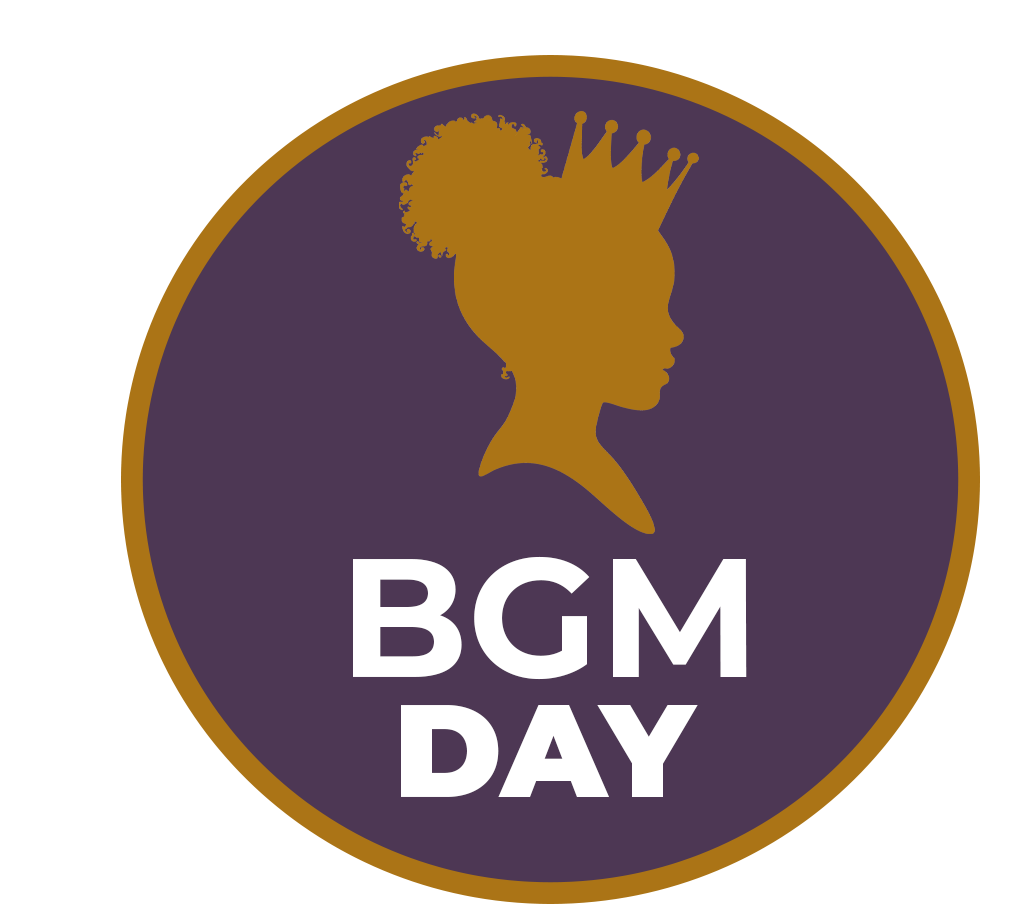Fall Into Your Power: Supporting Black Girls’ Mental Health in School
“As school starts, Black girls face more than homework — they face bias, stereotypes, and pressure. Here’s how parents, educators, and communities can step in to support their mental health this fall.”

The Mental Health Crisis
According to the U.S. Office of Minority Health (2023):
- Black adolescents are more likely to attempt suicide than their white peers.
- Yet Black youth are less likely to receive mental health treatment, even when experiencing major depressive episodes.
For Black girls, the silence around mental health is compounded by stereotypes that expect them to be “strong,” “loud,” or “resilient” without acknowledging their struggles.
Bias in Schools
Research from Georgetown Law’s Girlhood Interrupted report (2017) found that adults often perceive Black girls as less innocent, less in need of protection, and more adult-like than white girls as early as age 5. This “adultification bias” directly impacts how teachers discipline and support them.
Why Representation and Safe Spaces Matter
Representation in teachers, counselors, and curricula helps counter these stereotypes. Schools that provide safe spaces — from Black student unions to culturally relevant therapy groups — see higher engagement and better outcomes.
How Adults Can Support This Fall
- Listen without judgment: Let girls speak their truth without shutting them down.
- Push for mental health resources in schools: Culturally competent counselors matter.
- Normalize therapy and check-ins at home: Show that mental health is just as important as physical health.
- Encourage balance: Celebrate both academic wins and rest — burnout is real.
Call to Action
As the leaves change, let’s make sure Black girls don’t have to carry invisible burdens into the classroom. By acknowledging bias, pushing for resources, and creating safe spaces, we can help them not only fall into their power — but rise in it all year long.
